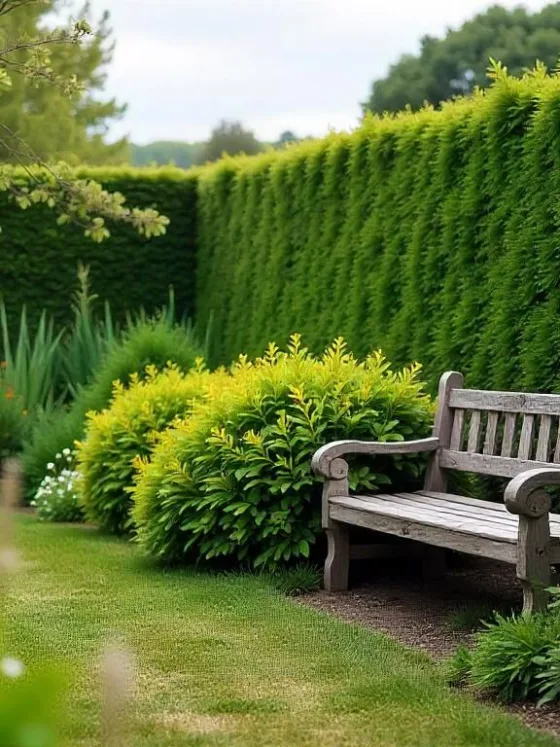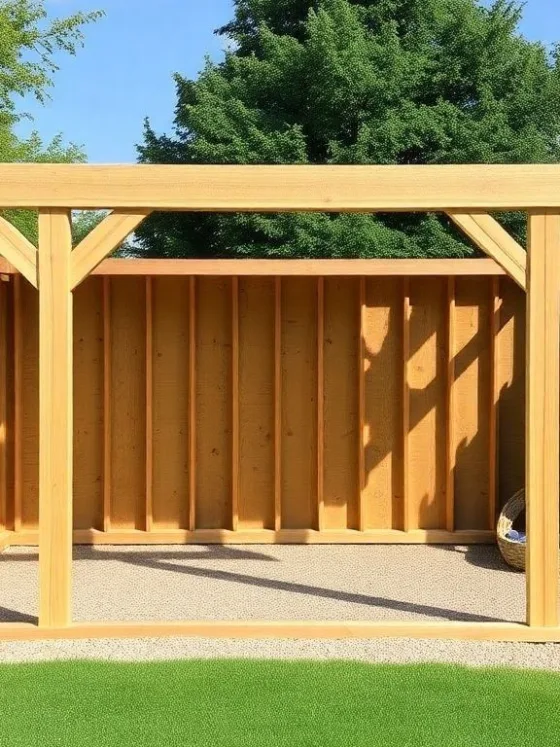Table of Contents Show
Painting Rooms with Chair Rails and for Decorating Purposes
Decorating with chair rails provides an opportunity to bring additional color and texture to a room. The molding divides the wall, so painting with chair rails allows you to use two distinct colors for the walls.
Chair rails are long strips of molding secured horizontally along a wall. Positioned approximately 1/3 of the way up the wall, the original purpose of the chair rail was to prevent chairs from damaging plaster walls.
Decorating with chair rails adds a textural element and a sense of history to your home. The look works well in traditional architecture, such as Cape Cod, Federal and Georgian, and Victorian, though it is adaptable to most traditional interior schemes.
When painting rooms with chair rails, the molding provides an opportunity to bring in a third color as well.
Chair Rail with Paint
Use chair rail molding to divide the walls and create a visually decorative element using paint. Select two colors from the color palette in the room for the walls, and a third color for the chair rail.
A traditional combination may be a deep red applied along the lower portion with a creamy yellow along the upper portion. Paint the chair rail white to make it pop against the contrasting red and yellow. For a more formal appeal, stain the chair rail with a wood tone that coordinates with other wood tones in the room.
The darker color should be used on the lower portion. If used on the upper portion, the tops of the walls appear to “fall inward.” The room then looks out of balance.
Chair Rail with Paint and Wallpaper
A combination of paint and wallpaper divided by a chair rail creates a classic, formal design. Select wallpaper with a bold, intricate pattern and distinctive colors.
The wallpaper is installed along the lower portion. For the paint, choose a secondary color found in the wallpaper. For example, if the dominant color in the paper is green and contains gold flecks, choose a gold shade of paint for the upper wall.
A rich wood stain for the chair rail adds to the formal appeal. An alternative to stain is the selection of a larger, dimensional molding for the chair rail to be painted the same shade as the wall.
The carvings in the chair rail add texture and become a point of visual interest emphasizing both paint color and wallpaper.
Read Also:
- Great Colors to Paint Kitchen Cabinets
- Decorating Ideas for a Frog-Themed Nursery
- How to Fix Cracks in Sheetrock
Chair Rail with Wainscoting
Wainscoting, seen in homes as early as the 17th century, is made up of three parts: baseboard, wood panels or beadboard, and the chair rail. The baseboard is positioned at the bottom of the wall along the floor.
The panels are two to three feet in height and secured along the bottom third of the wall. The chair rail is installed along the top of the panels.
Paint the wainscoting white and use a color for the upper portion of the wall to reflect the color palette of your design. In a Cape Cod home, for example, a sea foam green paint pairs well with the white wainscoting. A farmhouse appeal could be achieved by painting the upper portion yellow, red or blue.
To emphasize the chair rail, paint the beadboard, baseboard, and upper portion of the wall the same color, and select a contrasting color for the chair rail.
Tips
When decorating, coordinate the molding style of the chair rail with baseboards and ceiling molding to ensure a cohesive look. When painting rooms with chair rails as a wall element, paint the rails before installing them.












